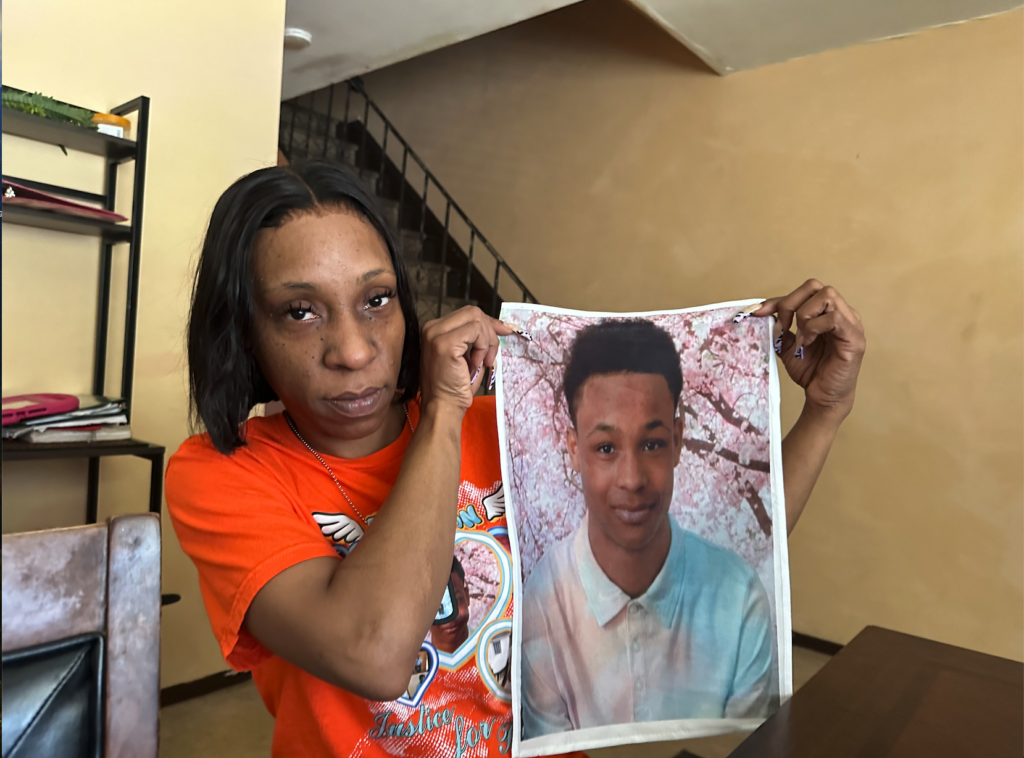State releases updated nursing home data showing twice as many fatalities at Acadia Center

Newly revised COVID-19 fatality data released by New York State shows Acadia Center in Riverhead had nearly twice as many deaths as the state had previously disclosed.
There were 39 total coronavirus fatalities from the 181-bed facility, up from the 20 the state had been reporting. The 19 additional deaths involved Acadia residents who died at area hospitals, which the state had not been counting as a nursing home death, a practice scrutinized last week in a report released by state Attorney General Letitia James.
Following the AG’s report, which led some Republican lawmakers to call for the resignation of state health commissioner Dr. Howard Zucker, an Albany County judge ordered the Department of Health to release updated COVID-19 fatality statistics for nursing homes. The new data, while not changing the overall number of New York residents who died of the virus, added more than 4,000 fatalities to the now more than 13,000 reported nursing home deaths — a 45% increase.
Locally, Acadia saw the biggest change in its reported totals. Greenport’s Peconic Landing, which made headlines when it disclosed some of the earliest reported nursing home fatalities, had 14 total deaths. Peconic Bay Medical Center’s skilled nursing facility in Riverhead reported 20 deaths and San Simeon by the Sound had four, a total it previously disclosed on its website.
Mary Ann Mangels, administrator at Acadia Center, said in an email that her facility had already disclosed all 39 of its deaths to the state, despite the way the data was released to the public.
She said the facility battled two separate outbreaks of the coronavirus, the first in April and May of last year and the second in late November. The November outbreak led to 10 deaths, including eight at area hospitals, she said.
“Our numbers are reflective of a high rate of COVID testing in the facility,” Ms. Mangels wrote. “We were one of the first facilities to conduct frequent facilitywide testing, new admission testing, as well as symptomatic testing, which resulted in a more accurate reporting of cases and deaths.”
Preliminary findings from the attorney general’s report found that not only did a larger number of nursing home residents die from COVID-19 than DOH data reflects, but insufficient personal protective equipment for nursing home staff and inadequate testing for residents and staff at the start of the pandemic put residents at higher risk in some facilities.
The 76-page report from the office of Ms. James, a Democrat, outlines several recommendations, such as ensuring that public reporting of deaths at nursing home facilities and deaths that occur during or after hospitalization can be done separately to avoid creating a “double-counting.” Residents who died at hospitals had not been counted in the state data, which lawmakers pointed out during the hearings was different from how other states count fatalities.
Dr. Zucker issued a lengthy response to the attorney general’s report, saying it “makes clear that there was no undercount of the total death toll from this once-in-a-century pandemic.” He maintained that the total count provided by the state is accurate and fatalities within hospitals were always reported “irrespective of the residence of the patient.”








